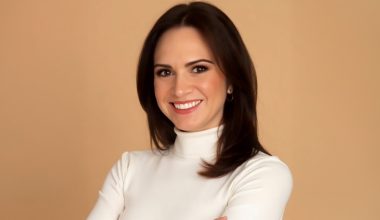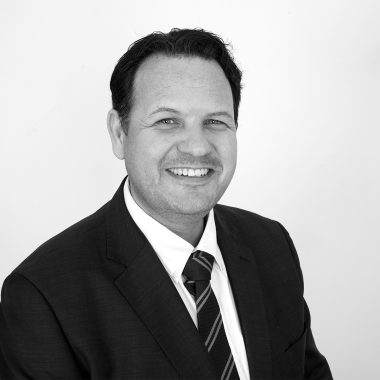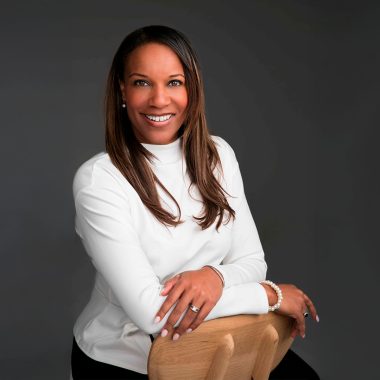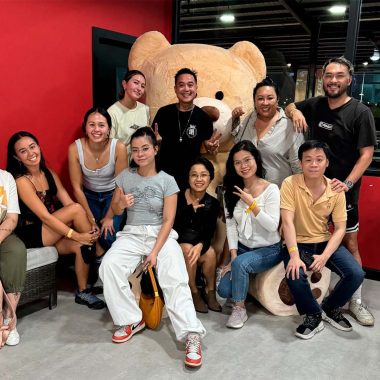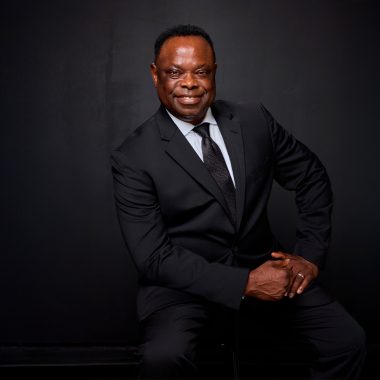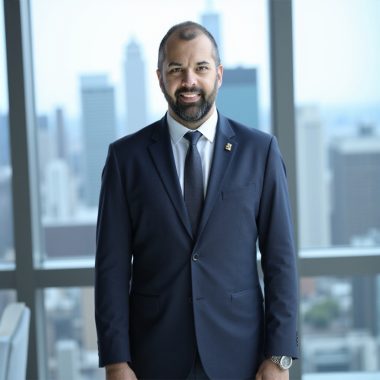Despite managing a company’s greatest asset, its people, HR often struggles to claim a seat at the strategic table. The real challenge? Translating people strategy into business results that leaders can’t ignore. Richard Hinton, an HR leader with over 15 years of experience scaling organizations from early-stage companies to large enterprises, has developed practical strategies, like deep business immersion and trust-building, for transforming HR into a strategic business driver through effective C-Suite partnerships.
Breaking Free From the Support Function Label
Richard’s career began with a familiar path through recruiting, HR coordination, and generalist roles, eventually leading to a position as an HR business partner. But everything shifted after one unexpected conversation. “My EVP said, ‘Richard, you’re my business partner. We need to grow our presence in the New York market and nationally. I want you to move to New York.’” At the time, Richard had just bought a home in Boston and thought he would be there for good. Still, he took the leap.
That decision, made 13 years ago, became a turning point. In New York, he stepped into a broader operational role, helping scale teams, launch offices from Miami to Los Angeles, and most importantly, collaborate with executives in a deeper, more strategic way. “That’s where I really learned how to partner with leaders and build my business acumen,” he reflects. It was not just theory. It was hands-on experience that redefined his understanding of what strategic HR truly involves.
Changing HR’s Role and Reputation
After more than 15 years in HR, Richard has noticed a consistent pattern. “Leaders often see HR as a support function, handling payroll, managing benefits, taking care of employees,” he explains. But the issue isn’t just perception. Many HR professionals reinforce this view by leading with what Richard describes as a narrowly focused, people-first agenda. He admits he fell into the same trap, particularly when moving into early-stage companies. “I came in thinking, this is what needs to be fixed. You should be doing this, not that. It was a very control-driven, compliance-heavy mindset,” he recalls. Despite good intentions, that approach often limited HR’s strategic influence and credibility.
The turning point came during his 18 years in the construction industry, where he discovered that truly understanding the business required far more than tracking headcount. “I’m not just talking about performance reviews,” he says. “It’s about knowing how the product is built, understanding the financials, and seeing what success looks like for the client.” Richard made it a priority to visit job sites, speak with superintendents, and learn how client relationships were managed. This wasn’t about checking boxes, it was about gaining real business insight. “I love being out there, talking with the teams, getting to know the clients,” he shares. That insight helped drive measurable impact, from improved retention on project teams to tighter alignment between operations and people initiatives. By grounding himself in the day-to-day realities of the business, Richard earned the trust of leadership and was seen not just as an HR lead, but as a true strategic partner.
Earning Executive-Level Trust
The difference between being included and being integral comes down to one thing: trust. Richard experienced this firsthand at Shawmut, where leadership valued his contributions far beyond the traditional HR scope. “I had such a strong relationship with executives at Shawmut,” he recalls. “They trusted me (and I trusted them) across the board, appreciated my perspective, and genuinely valued what I brought to the table.” That trust unlocked unexpected opportunities. “Sometimes it wasn’t even about people,” he says. “It might have been a financial idea or something operational.” When leadership trusts your business judgment, they invite your input on a wide range of decisions. That trust didn’t just elevate HR’s influence. It sharpened Richard’s leadership lens, showing him what it truly means to lead beyond function.
One of Richard’s most important insights challenges a common misconception about culture. “Culture should never be owned solely by HR,” he says. “We support and help facilitate it, but the real ownership belongs with the executives.” It’s a lesson that became crystal clear through both success and struggle. “I experienced this the hard way in my most recent role,” he admits. Without buy-in from the top, even the best cultural initiatives lose momentum. “Leadership starts at the top,” he adds. “Culture has to be co-created with the C-suite.” Richard’s journey underscores a deeper truth: to be seen as a strategic business driver, HR leaders must move beyond the traditional function, developing real business acumen, contributing across disciplines, and earning trust through consistent, demonstrated value.
Follow Richard Hinton on LinkedIn for honest insights on how HR leaders can drive business strategy through trust, clarity, and real executive partnership.

